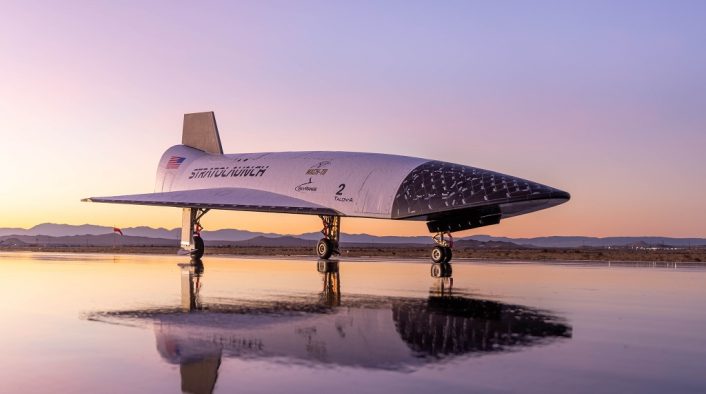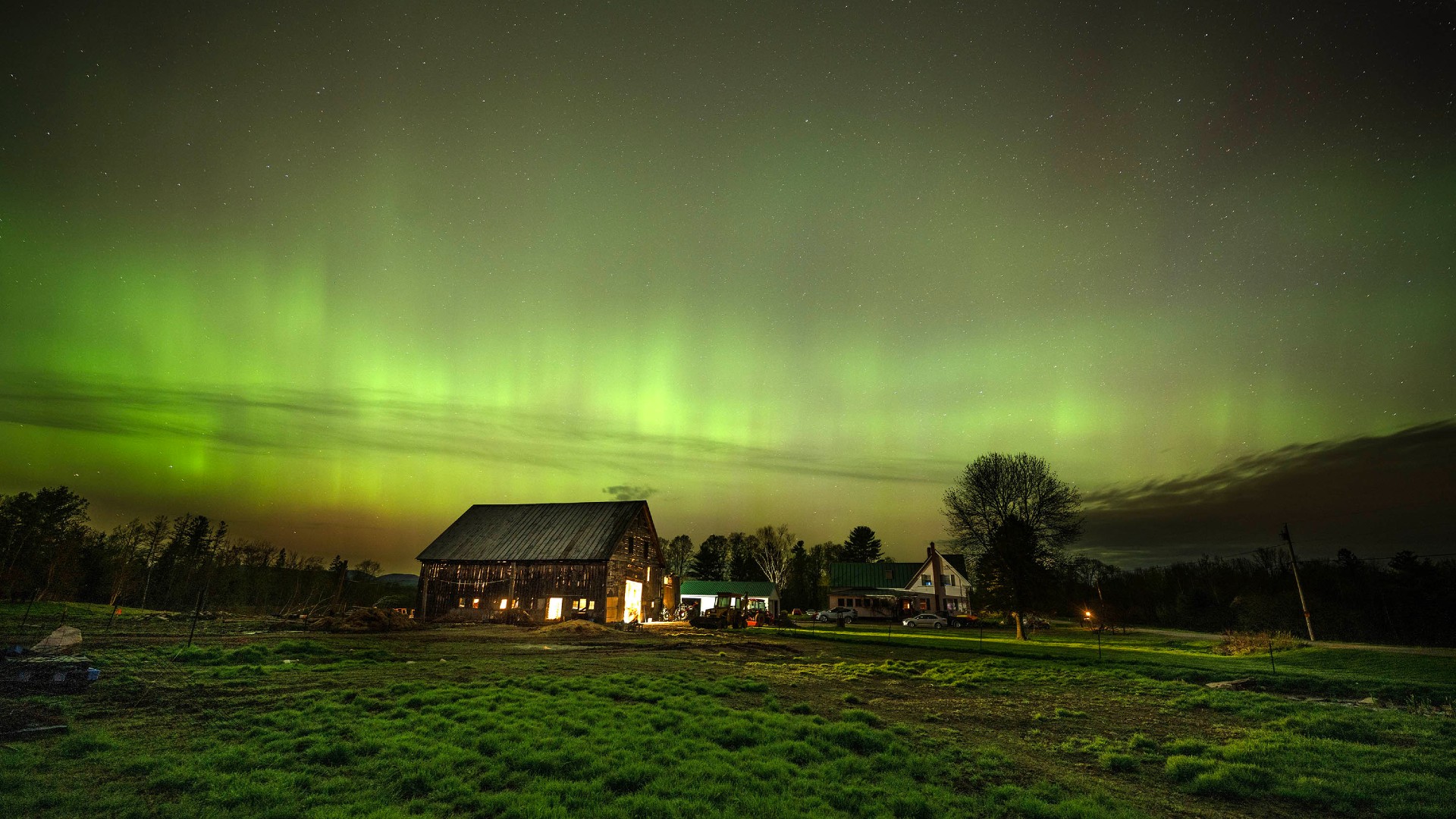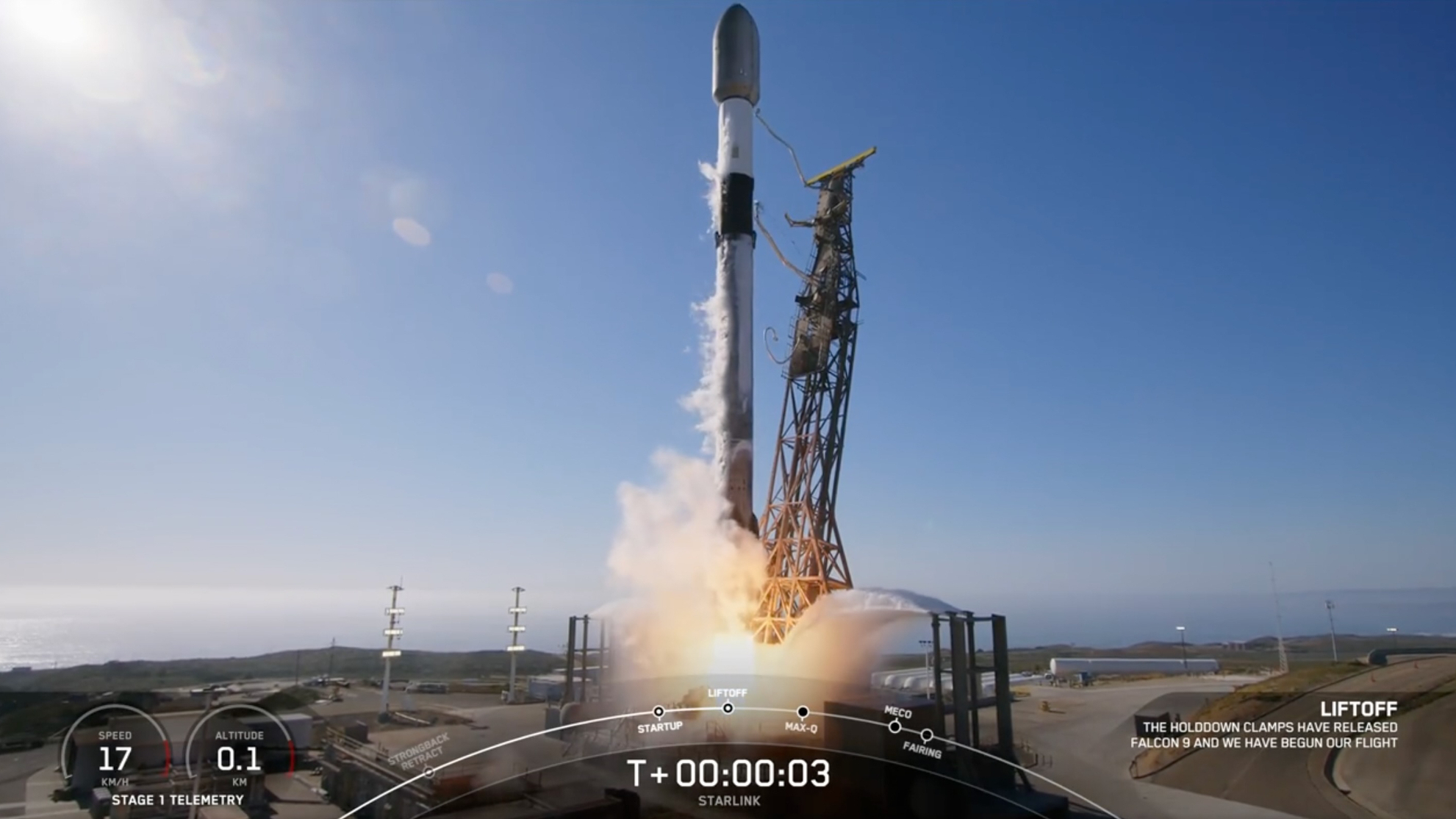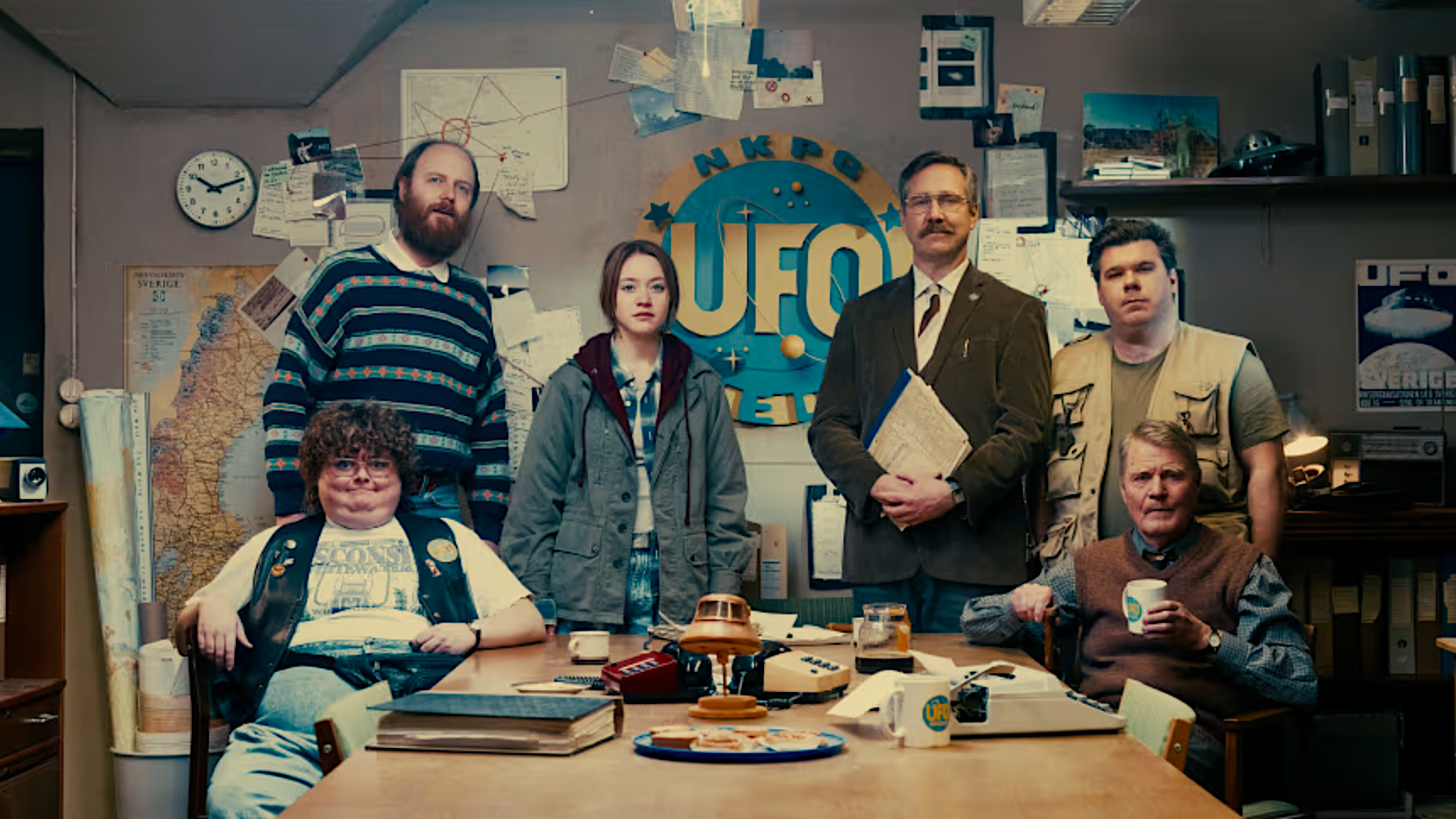Arecibo radio telescope, an icon of astronomy, is lost
Arecibo Telescope's illustrious scientific career is over.

The National Science Foundation (NSF) will decommission Arecibo Observatory's massive radio dish after damage has made the facility too dangerous to repair, the agency announced today (Nov. 19).
The announcement came as scientists awaited a verdict about the fate of the iconic observatory after damage to the complex cabling supporting a 900-ton science platform suspended over the dish. In August, a cable slipped out of its socket, but engineers evaluating the situation deemed it stable; earlier this month, a second cable unexpectedly snapped, leaving Arecibo's fate much more perilous. After considering three separate engineering reports, the NSF, which owns the property, has decided the facility is unstable enough that there is no way to repair the damage that does not put personnel at undue risk.
"Our goal has been to find a way to preserve the telescope without placing anyone's safety at risk," Sean Jones, assistant director for the Mathematical and Physical Sciences Directorate at the NSF, said in a news conference today. "However, after receiving and reviewing the engineering assessments, we have found no path forward that would allow us to do so safely. And we know that a delay in decision making leaves the entire facility at risk of an uncontrolled collapse, unnecessarily jeopardizing people and also the additional facilities."
Related: Losing Arecibo Observatory would create a hole that can't be filled, scientists say
"The telescope is currently at serious risk of an unexpected, uncontrolled collapse," Ralph Gaume, director of NSF's Division of Astronomical Sciences, said. "According to engineering assessments, even attempts of stabilization or testing the cables could result in accelerating the catastrophic failure. Engineers cannot tell us the safety margin of the structure, but they have advised NSF that the structure will collapse in the near future on its own."
Although NSF is the agency most closely tied to the facility, NASA currently provides about one-third of the observatory's operating costs to fund planetary radar observations, particularly of near-Earth asteroids. "While NASA was not directly involved in the investigation of what led to the observatory’s damage in August, the NSF communicated with stakeholders, including NASA, as their investigation proceeded," NASA representatives wrote in a statement. "NASA respects the National Science Foundation’s decision to put the safety of those who work, visit, and study at the historic observatory above all else."
Safety concerns loom
During the news conference, officials emphasized that the decision was based on prioritizing safety, not a reflection of the scientific work that Arecibo has done over the past decades or could continue to do in the future, and that some hoped-for science will be lost with the facility.
Get the Space.com Newsletter
Breaking space news, the latest updates on rocket launches, skywatching events and more!
"This decision has nothing to do with the scientific merits of Arecibo Observatory," Gaume said. "That is not a consideration. It's all about safety."
Guame added that the agency will work with scientists who had been planning to use the Arecibo telescope and its other facilities in order to relocate those planned research projects wherever possible. However, the facility was unique, particularly in its radar capability, which was heavily used to study near-Earth asteroids and other solar system objects.
"Some of the Arecibo science will transfer; some of it will not," Gaume said.
The officials also emphasized that if they can manage to decommission the telescope in a controlled manner, the other assets at Arecibo Observatory — primarily, the visitor center, an atmospheric science instrument on site and a second atmospheric tool on the neighboring island of Culebra — should survive.
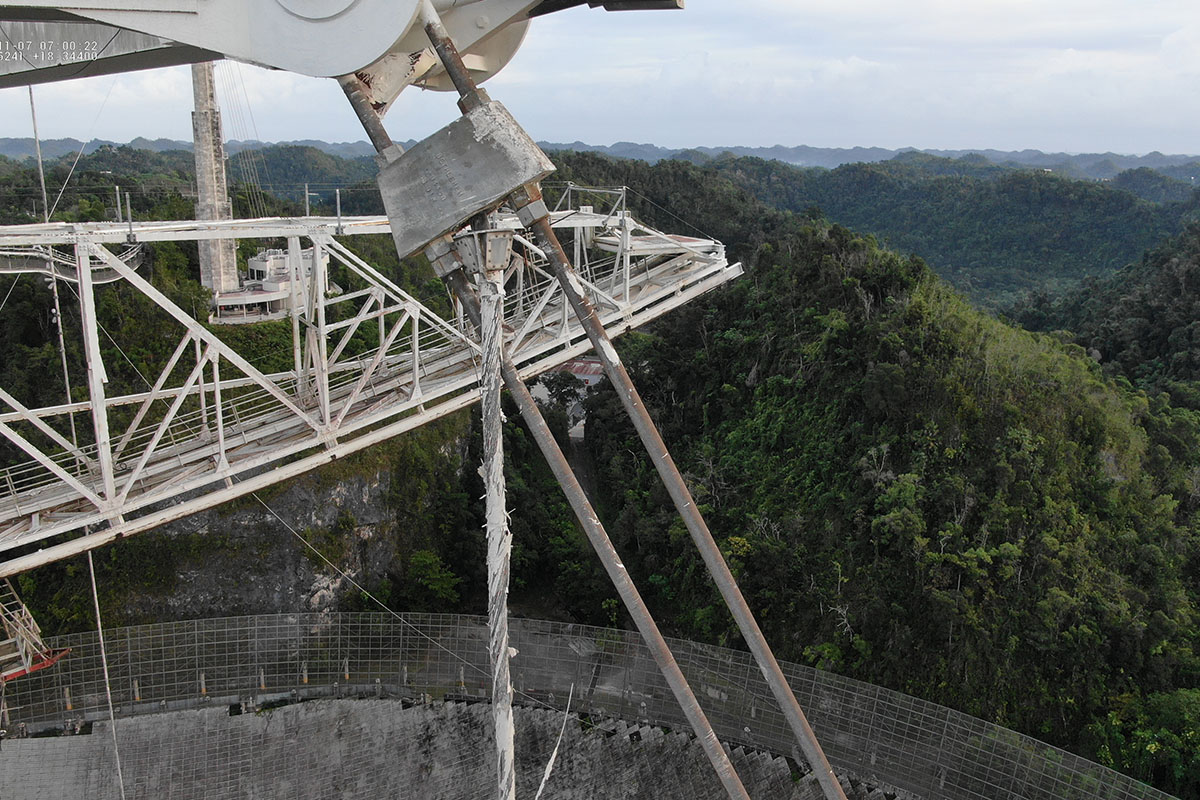
Collapse threat a challenge for decommissioning
Both of the failed cables on Arecibo were connected to the same support tower. An engineering analysis completed after the second cable failed in November found that if one more cable on that tower, dubbed Tower 4, failed, the platform would collapse into the dish and likely cause the towers to topple. And because the cable support system is already so fragile, the engineers didn't see any way to safely evaluate the situation in more detail, much less stabilize it.
"What we're challenged with is a structure for which we don't understand the safety margins, the engineering approaches to better understand the safety margins involve considerable risk, and the engineering approach to repair the structure appears to be highly unsafe."
That means the situation is volatile enough that the NSF can't guarantee the telescope will be decommissioned in a controlled manner. Gaume and Ashley Zauderer, the program director for Arecibo Observatory at the NSF, said that the agency has hired engineers to develop a plan for a controlled decommissioning. Creating that plan and gathering the necessary approvals for it will take multiple weeks, they added.
The officials also declined to provide an idea of what that strategy would look like, although they mentioned the potential for helicopters or explosives to be considered.
In conjunction with the news conference, the NSF provided an engineering report from the firm leading the analysis of Arecibo Telescope after the second failure, which offers little more detail about the facility's fate.
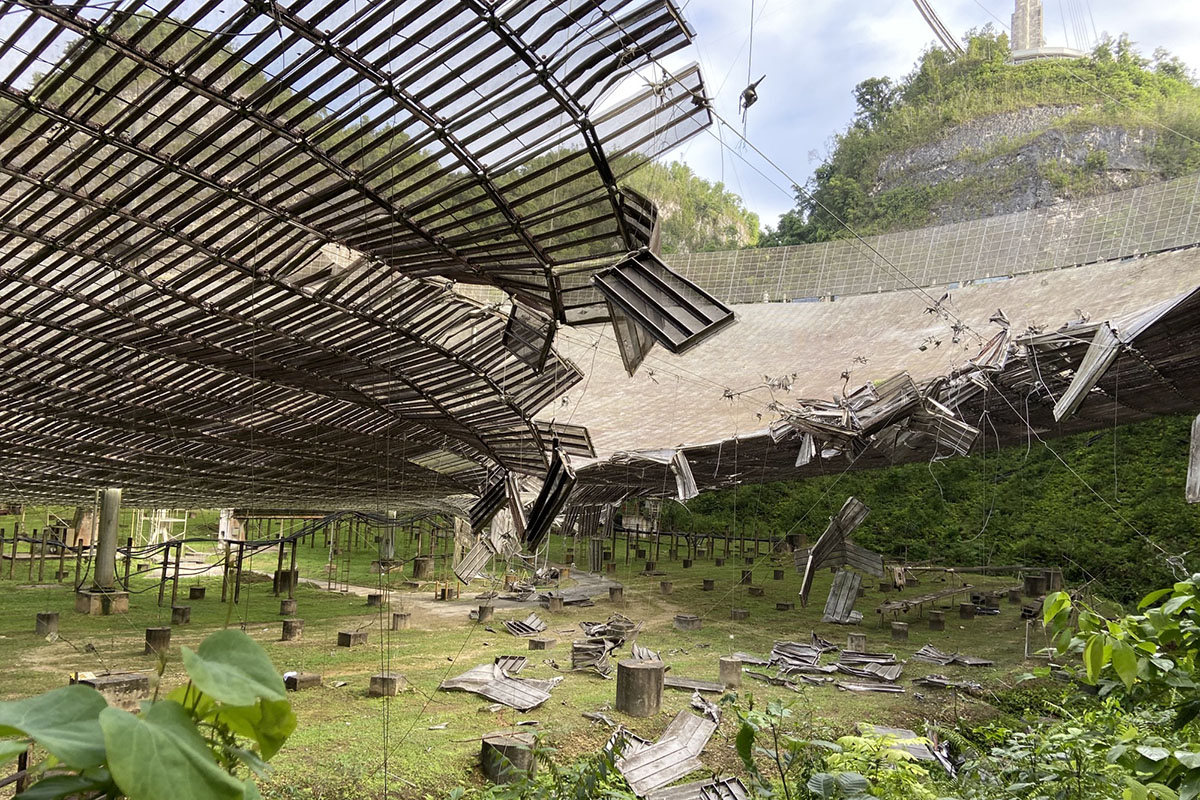
"We believe the structure will collapse in the near future if left untouched," John Abruzzo, managing principal of Thornton Tomasetti, wrote. "Controlled demolition, designed with a specific collapse sequence determined and implemented with the use of explosives, will reduce the uncertainty and danger associated with collapse."
The severity of the situation stems from both the fact that two cables have already failed, and the way three separate engineering consultants were caught off-guard by the second failure. "The three expert companies that we brought in didn't provide any input or any inkling that there was an issue," Gaume said of the main cables after the August failure.
"It is, I think, just truly unfortunate that this main cable failed before we had a chance to get things stabilized," Zauderer said.
The NSF officials said that right now, their priority is focused on safely decommissioning the radio dish and protecting as much of the other facilities on-site as possible. But they did emphasize that they are not decommissioning Arecibo Observatory as a whole, that they recognize the facility's importance in Puerto Rico, and that in the long term, they want to ensure the future of the site and the science that it has fostered for decades.
"We're discussing the decommissioning of a structure made of steel and cables, but it truly is the people on that have the ideas," Zauderer said. "It's the idea of discovery that led to the construction to start with, it's the passion of the people that work at the observatory … to continue to explore, to learn, that is the true heart and soul of Arecibo."
"It's not the telescope that's the heart and soul, it's the people."
Editor's note: This story was updated to include NASA's statement about the fate of the Arecibo telescope. Email Meghan Bartels at mbartels@space.com or follow her on Twitter @meghanbartels. Follow us on Twitter @Spacedotcom and on Facebook.
Join our Space Forums to keep talking space on the latest missions, night sky and more! And if you have a news tip, correction or comment, let us know at: community@space.com.

Meghan is a senior writer at Space.com and has more than five years' experience as a science journalist based in New York City. She joined Space.com in July 2018, with previous writing published in outlets including Newsweek and Audubon. Meghan earned an MA in science journalism from New York University and a BA in classics from Georgetown University, and in her free time she enjoys reading and visiting museums. Follow her on Twitter at @meghanbartels.

